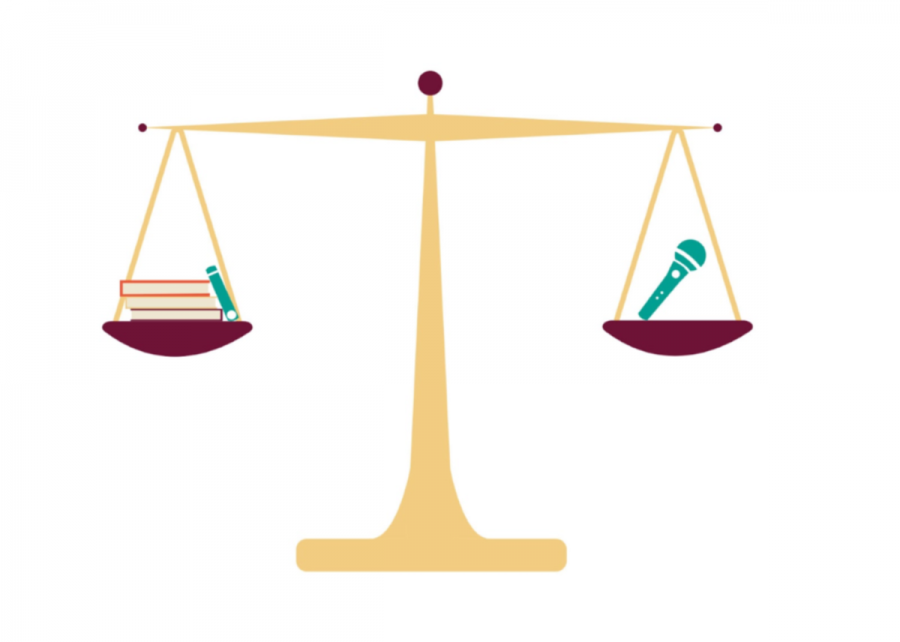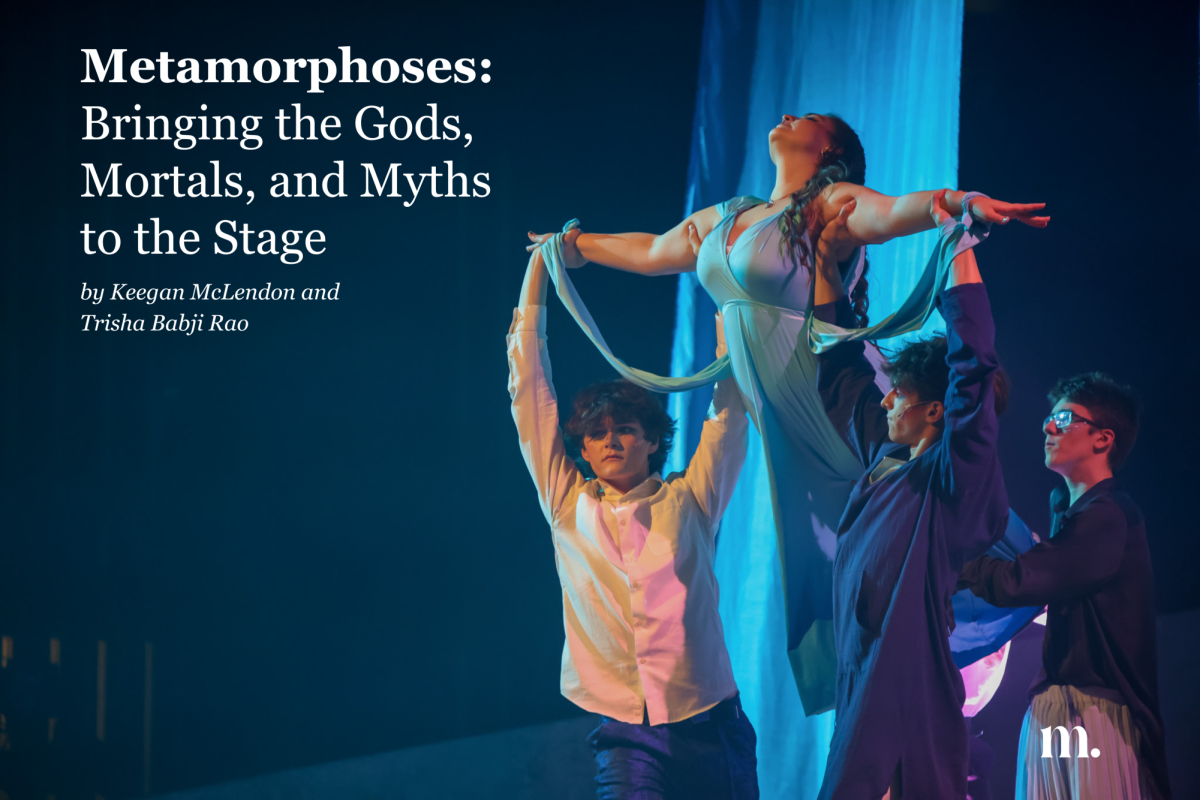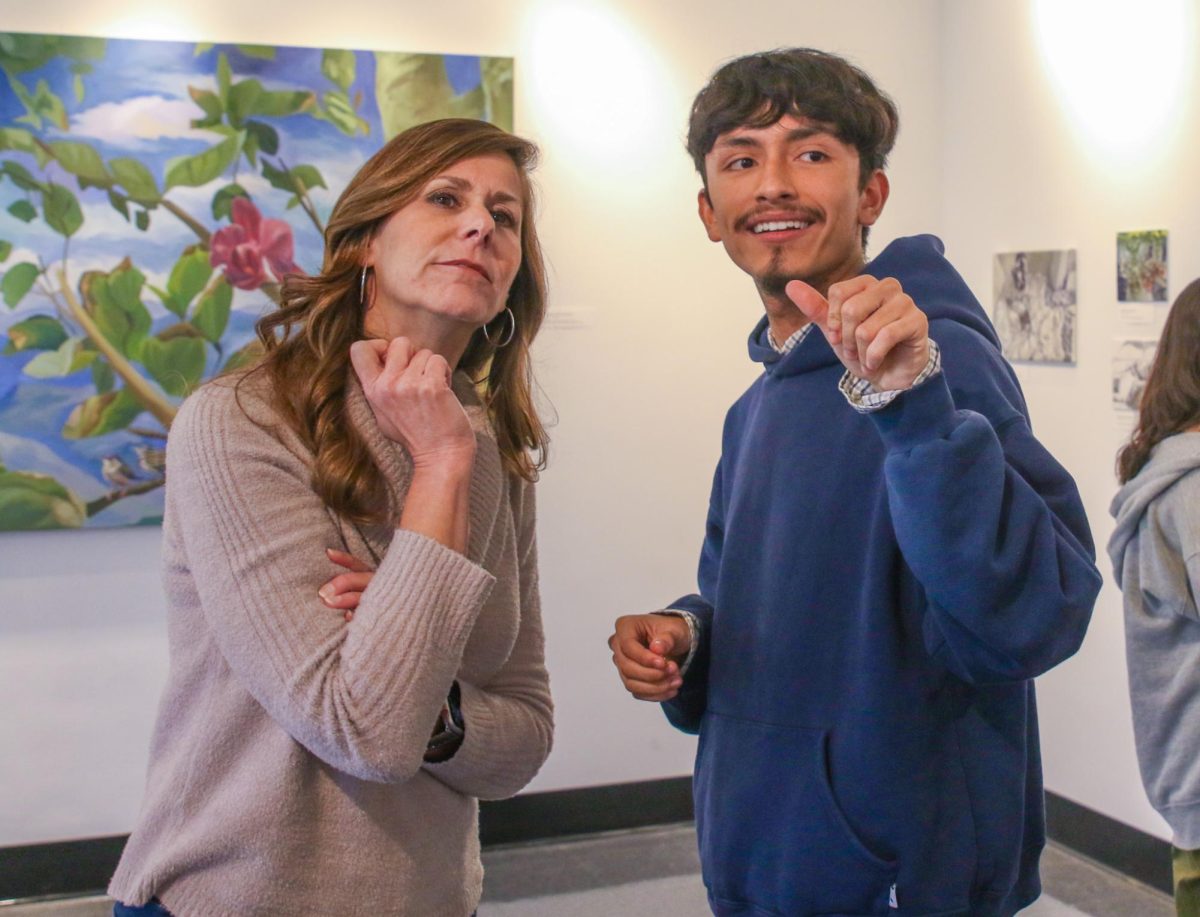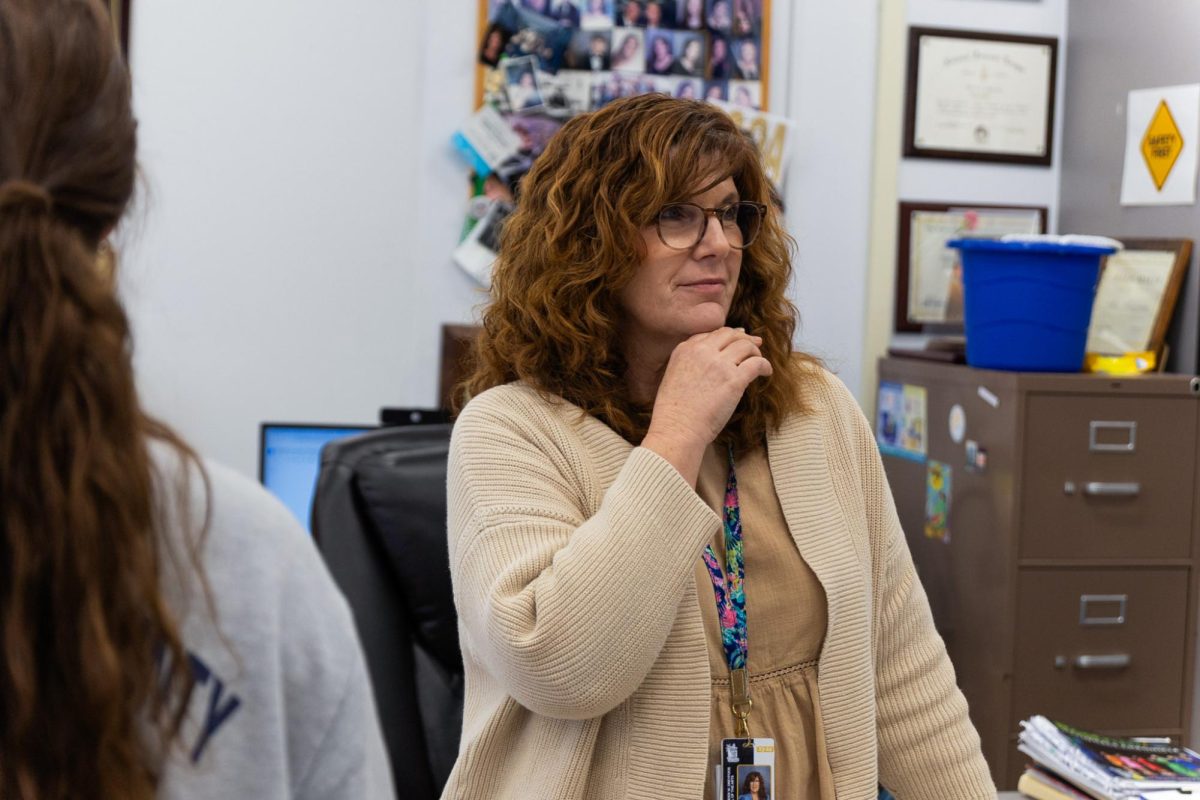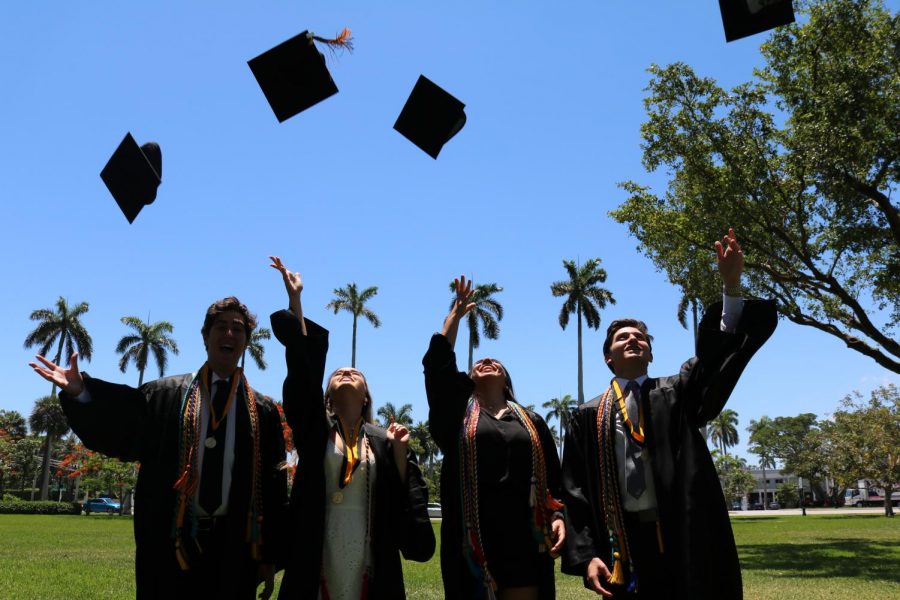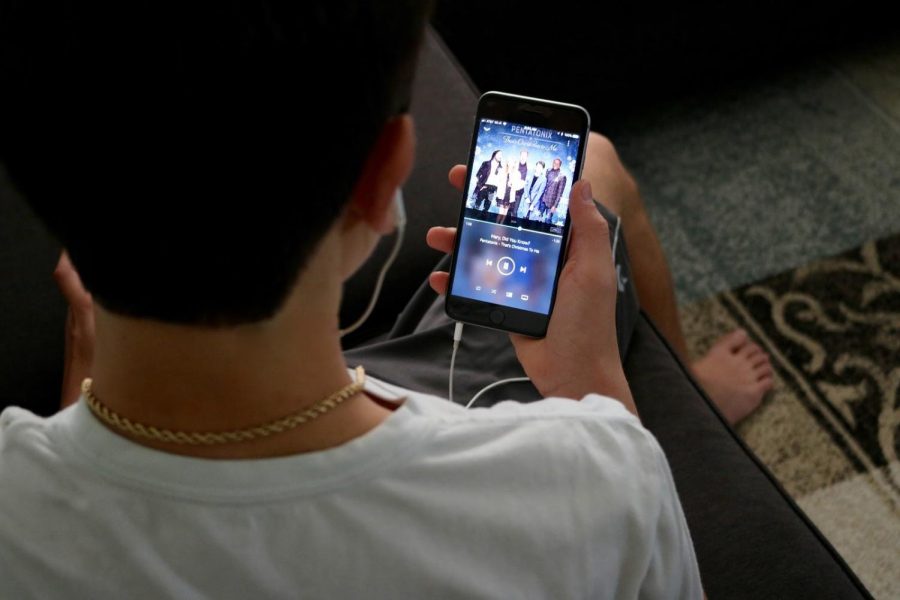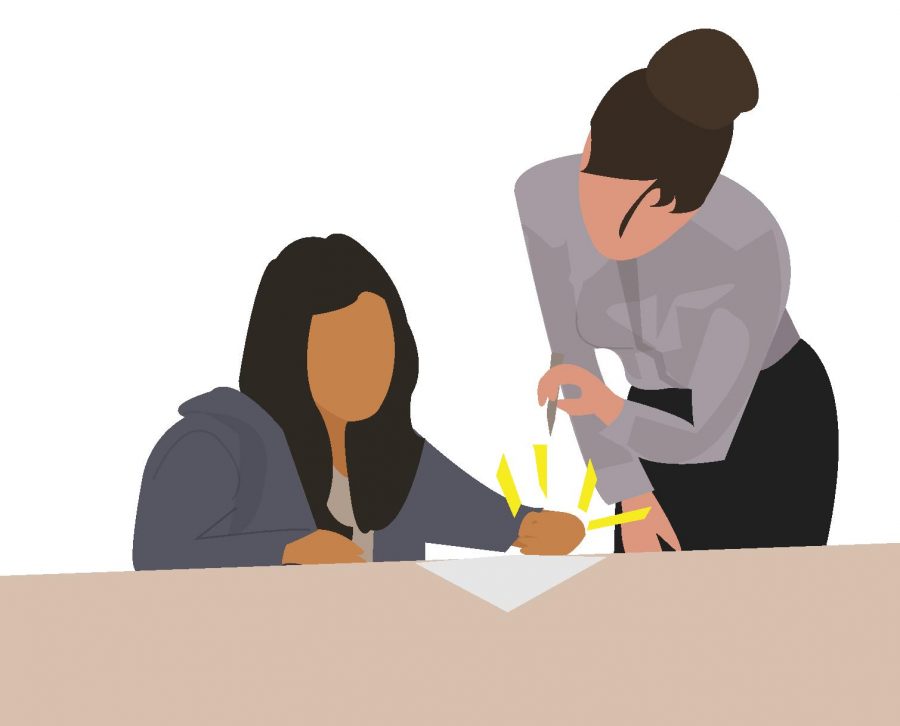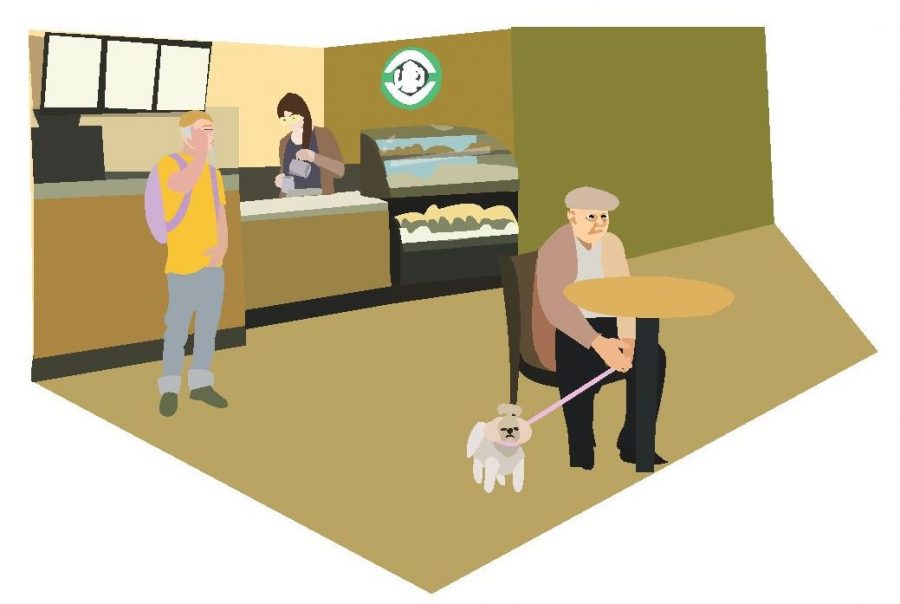Through years of education, students construct the foundations for the rest of their lives. From finding the derivative of ‘x’ to learning that the mitochondria is the powerhouse of the cell, various academic challenges shape the intelligence of young minds. Essentially, students create a toolbox of knowledge, which they utilize throughout their academic careers. However, the ability to acquire academic knowledge is not the only skill students need to obtain in preparation for their futures. In their toolbox, students need skills such as team building, time management, and leadership; for this reason, students need an arts education.
Being introduced to the arts at an early age exposes students to an atmosphere that is more similar to the real world, as children are taught both creative and academic aspects of life. This creates a balance between the left brain, which facilitates creative thinking, and the right brain, which is responsible for logical reasoning. Practicing the arts enhances creative technique and prepares students for the rest of their lives.
“Communications gives me skills for the real world,” communications sophomore Hunter Goodman said. “It allows me to do things like what I want to pursue in business: to create style, and learn how to speak and write properly while using the proper programs to get me further in a high-paying job.”
Aside from skill building, learning the arts teaches balance; assigning work that requires both the right and left brain allows students to efficiently switch gears when necessary. In turn, students take their minds off of instructional learning while simultaneously implementing creative and spontaneous thinking. When viewed from an analytical perspective, learning the arts alongside traditional academics increases students’ chances of success in their educational careers. According to the National Arts Education Public Awareness Campaign, students who practice the arts regularly are four times more likely to be recognized for academic achievement.
“[The arts have] taught me to balance my school work with my extracurricular work, with all of the singing lessons and outside clubs that I do,” vocal sophomore Isabella Caggiani said. “There’s an added element at this school that I couldn’t get anywhere else.”
Through an arts education, students learn how to embrace failure, meet deadlines, receive criticism, and master the art of self-actualized growth. Alongside developing those skills, students are able to synchronize their left and right brains. Pinning the logical mindset against the creative one suggests that one is more important than the other when in reality, they complement each other. Learning the arts also promotes artistic appreciation and cultural tolerance, which can be seen among the Dreyfoos student body.
“I’ve learned that you can find inspiration in all different types of art,” communications sophomore Kristina Robinette said. “I appreciate all forms of art much more than I did before I learned the meaning of [them.]”























































